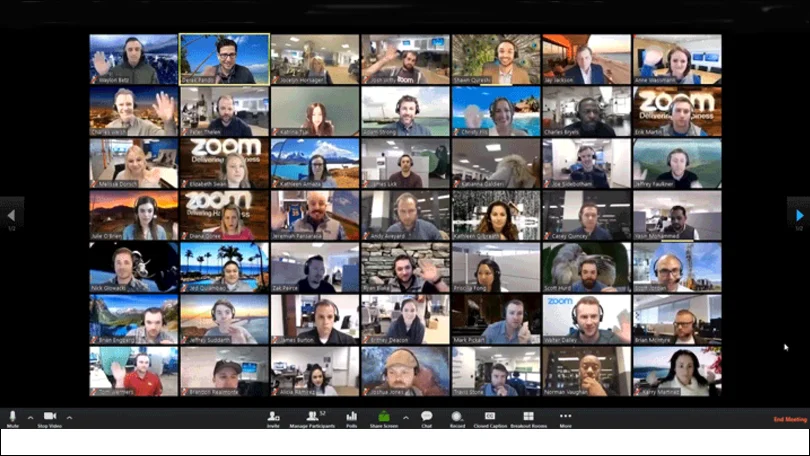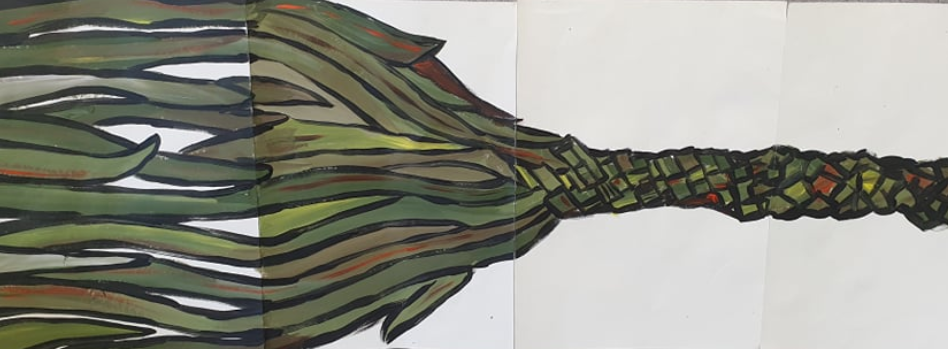
Sometimes you can look at a problem for a long time and have no idea what the answer is going to be. But sometimes, just sometimes, you get a little glimmer of an idea that ignites a whole tsunami like wave of ideas and solutions. The other day I lucked in. A member of my Board of Trustees sent me the following diagram/model.

Maybe you’ve seen it before. This one in particular was published to help describe recovery after the Christchurch earthquakes. I’ve certainly seen variations of this to help explain a whole heap of recovery like situations. I’ve also seen it describe Professional Development and growth.
I lucked into this because at the time we were all heading back to school as part of Alert Level 2 and I sensed that although things were incredibly buoyant, there was going to be a time when reality hit and I wanted my school to be in a great place to meet this reality head on. At the time I wasn’t totally aware that I even had a problem, just a niggle of an inkling.
During the lockdown my team was outstanding. No doubt yours were as well. Everyone stepped up and placed themselves in unknown and testing situations. There was a sense of heroism as the graph describes. We were all in this together, and although times were often challenging, there seemed nothing that could bring us down. When we headed back to school we encountered a honeymoon period. Everyone was pleased to see each other! People felt an ongoing sense of community and togetherness. We had all survived!
I was really interested in how to keep this sense of almost “euphoria” going for as long I could. This “Phases of Recovery” graphic certainly sparked my imagination. Nothing lasts forever, happiness or difficult times; but finding a way forward to manage these upcoming uncertain times sounded particularly useful.
I felt determined to once more be part of something that “flattened the curve”.
I started by looking at the words that made up the down facing curve. No doubt there are endless adjectives that could fill that curve (which I’ve also seen described as “the pit”) but I decided to stick with the terminology of the model to put in some thinking about easing the pain of the dip.
For each of the adjectives I looked for an opposite. As I did this a pathway of questions began to open up.
Disappointment becomes Satisfaction: What could we do as a staff to promote a sense of satisfaction in the mahi that we do daily?
Anger becomes Contentment: How could we encourage staff to look at their emotions during times of uncertainty from a rational perspective in this changing scene?
Frustration becomes Success: What are the daily things we do that actively promote success in our school? What are the things that are the biggest barriers?
Disputes become Compromise and Understandings: Where are we going with working with people to understand that listening comes first and that this is more than just a “yeah, nah I heard ya” sort of response? How can we promote a sense of understanding before conflict?
Red Tape becomes Green Light: What do we do in our school to encourage a “can do” environment. One that is trusting enough to allow people to move forward with new ideas without the obstacles of “we’ve always done it this way”. How does our staff culture really encourage a sense of trust and allow for open vulnerability?
Loss of Support becomes Continued Support: How do we know who needs support? How do we best provide this support? And most importantly, how do we maintain positive connections to make people feel on-going support when they need it and how they need it?
Exhaustion becomes Replenishment: Is there anything we can be doing that actively promotes replenishment. What would our “fountain” of replenishment look like?
And at the bottom of the curve Disillusionment becomes Enlightenment or Reinvention: What can we do to help our people in the depths of their pit see a new purpose/passion or possibility of reinvention?
All tough questions. None of them can be answered by anyone person. These are school cultural questions that should be done as a team. He waka eke noa at it’s most powerful.

As we move up the other side of the curve we find that our group becomes tighter and strengthens. We rationalize that delays have a habit of turning up, and that this includes u-turns and false dawns, but nothing is forever and we will make our way together out of this. Any obstacles are simply just opportunities to review and refine the course that we are all on.
When I first started talking to my staff about flattening the curve and this model we were still in the honeymoon stage. A lot of what I was talking about meant little to them because they weren’t in the pit.
David’s piece last week “Add the Big Rocks First” reminded me that the pit itself could be metaphorically filled with those big rocks – those things that actually matter most. Those things that should come well before any of the other stuff that routinely pulls us down or interrupts the real rhythm of why we’re here. These are the foundations of what is most important to your school. And this conversation, although often universal throughout schools, can also be unique to your own context and setting. My diagram shows my initial thoughts, but obviously they could be quite different for your place.

The Reconnection, Reflection, Refraction inquiry
Rolling along our new flattened curve I’m beginning to run a new low key form of inquiry. Low key because I want to do this routinely at weekly/fortnightly staff meetings in small bite sized bits.


From the vantage spot of standing on the honeymoon mound, we began by watching the TED talk by Brene Brown – “The Power of Vulnerability”, an oldie, but a goodie. This was designed to reconnect my staff with the idea that, hey! it’s all about courage, compassion and connection. I especially like three parts of the talk.
Firstly, where Brown discusses the original meaning of the word “courage”: literally telling the story of who you are from the heart”. Secondly, which leads nicely into the courage to be imperfect, and thirdly which in turn leads to embracing vulnerability, embracing who you are and understanding that yes!, you are actually enough.
Potentially heavy going, but a perfect way to pull staff into reconnecting with themselves.
At our next meeting, we did more reconnecting. We looked at why we, the adults, were here, at this school. We took thumb nail photos of all the kids in our school, stuck them onto a life size like person, (symbolising that the children are the centre of our what we are), and then hit the books – pulling out all the key documents in the school that are important to why we are here e.g. the New Zealand Curriculum, our school Charter, our school values, our touch stones, the cultural make up of our school etc.

At our third meeting we changed tact and began reflecting. I was keen for my team to reflect as adults where they had come from. We’ve talked about our own backgrounds and the turns, the u-turns and triumphs of our lives which eventually resulted in us all being here, in one place, at our school. We framed their individual lives as a piece of harakeke (flax) and then showed how as each piece eventually joined up, here at our school, our individual qualities strengthened as a rope.

The third part of the inquiry that rolls along our flattened curve I like to refer to as refraction. Physics (and Wikipedia) tells us that refraction is the change in direction of a wave passing from one medium to another or from a gradual change in the medium. I could easily have used the word review but I wanted to find a word that suggested looking at something in a different light, moving in a different direction. When we reconnect and reflect on things, we often do so from only our own perspective. More often than not this is done with rose tinted glasses. By refracting, I hope to encourage people to change the light that they see things in order to look for new possibilities moving forward.
HOW we see these possibilities and (just as importantly) IF we see these possibilities is the key to flattening the curve. Essentially I’m saying “if you do the same old, you get the same old”.
This refraction part is the hardest for any of us to change. We’ve all got a lifetime of opinions and individual “legends/stories” that are incredibly hard to break with. Even on social media we tend to surround ourselves with people with similar backgrounds and experiences. Their opinions are likely to be like ours, and because of this we have a false sense of security that what we think is right. It’s a difficult place to come from when considering diversity.
And then of course, sometimes we are right! We’re spot on! Nevertheless it’s worth the journey in looking at our issues and concerns in a different light.
As I said, this can be difficult. It takes more courage and it takes more energy. But ironically it’s a bit like the end of a race. The most difficult part of any race is just out from the finish line. It’s when your body is screaming out in pain, begging you to give up and stop. And even though this is the hardest part of the race, ironically you are also closer than you have ever been to the finish line.
So go on, get out there and find a way to flatten that curve.
Steve














